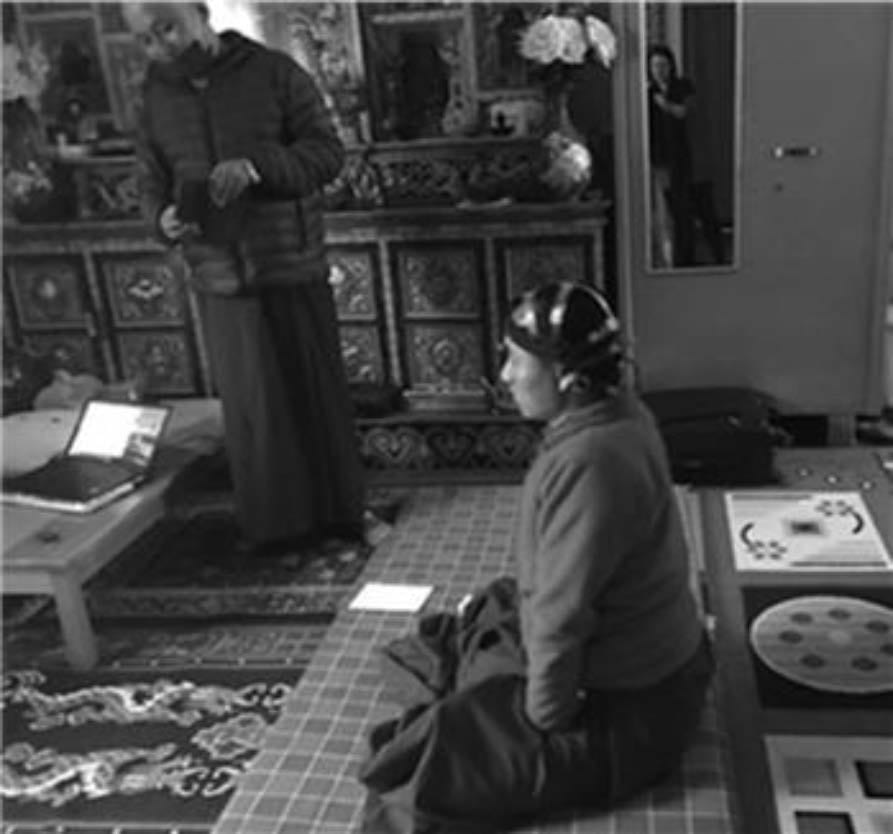Coastal Urbanities: Mobilities, Meanings, Manoeuvrings
Rapti Siriwardane-de Zoysa, Kelvin E. Y. Low, Noorman Abdullah, Anna-Katharina Hornidge (Eds.)
Brill Academic Publishers
This volume explores how the city and the sea converse and converge in creating new forms of everyday urbanity in archipelagic and island Southeast Asia. Drawing inspiration from case studies spanning Indonesia, the Philippines, Singapore, and New Caledonia, the volume rethinks the place of the sea in coastal cities, through a mobility-inspired understanding of urbanity itself. How might conceptualisations of contemporary coastal urbanisms be approached from the sea, in ways that complicate singularly terrestrial, fixed framings of the city? What connections, contradictions, and dissonances can be found between sea change and urban change? While addressing these questions, the authors re-centre more marginal voices of those who dwell and work in islanded metropoles, offering new insights on the futures and contested nature(s) of littoral urban transformation.
Coastal Urbanities: Mobilities, Meanings, Manoeuvrings. Rapti Siriwardane-de Zoysa, Kelvin E. Y. Low, Noorman Abdullah, & Anna-Katharina Hornidge. Brill Academic Publishers. 2023.
Beyond mindfulness: Arousal-driven modulation of attentional control during arousal-based practices
Maria Kozhevnikov
Current Research in Neurobiology

Here we report meditative techniques, which modulate attentional control by arousal-driven influences and not by monitoring continuous thought processes as during mindfulness-related practices. We focus on Vajrayana (Tantric Buddhism) practices, during which a sequence of generation (self-visualization as a deity – Yidam) or completion with sign (inner heat -Tummo) stages necessarily precedes non-dual awareness (NDA) Tantric Mahamudra. We compared the electrocardiographic and electroencephalographic correlates of Mahamudra performed after rest (non-Tantric Mahamudra) with Mahamudra performed after Yidam (Tantric Mahamudra) in 16 highly experienced Vajrayana practitioners, 10 of whom also performed Tummo. Both Yidam and Tummo developed the state of PNS withdrawal (arousal) and phasic alertness, as reflected by HF HRV decreases and Alpha2 power increases, later neurophysiologically employed in Tantric Mahamudra. The latter led to the unique state of high cortical excitability, “non-selective” focused attention, and significantly reduced attentional control, quantified by power reductions in all frequency bands, except Theta. In contrast, similar to mindfulness-related practices, non-Tantric Mahamudra was performed in a state of PNS dominance (relaxation), tonic alertness, and active monitoring, as suggested by Alpha1 power increases and less pronounced decreases in other frequency bands. A neurobiological model of meditation is proposed, differentiating arousal-based and mindfulness-related practices.

Kozhevnikov, M. Current Research in Neurobiology. 2022.



You must be logged in to post a comment.